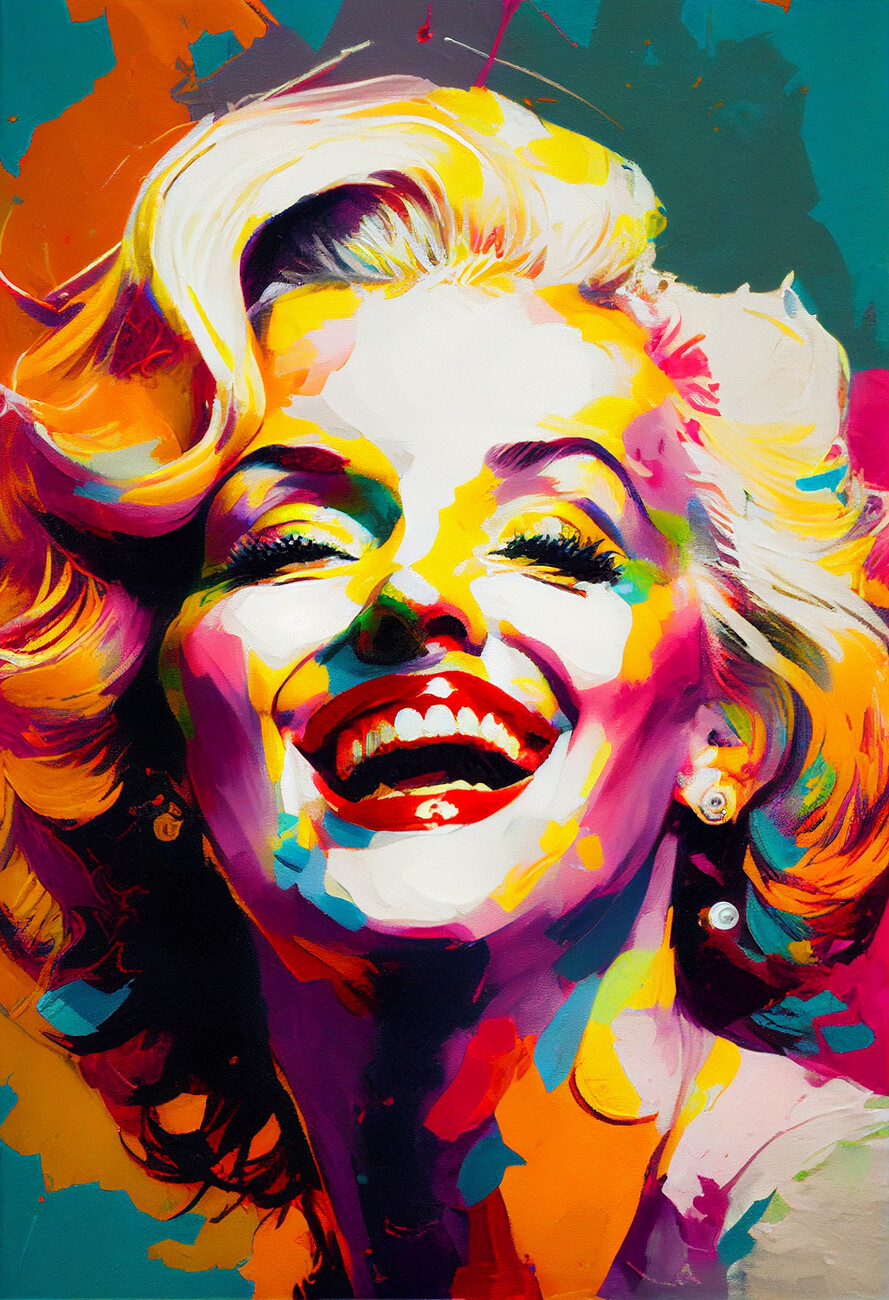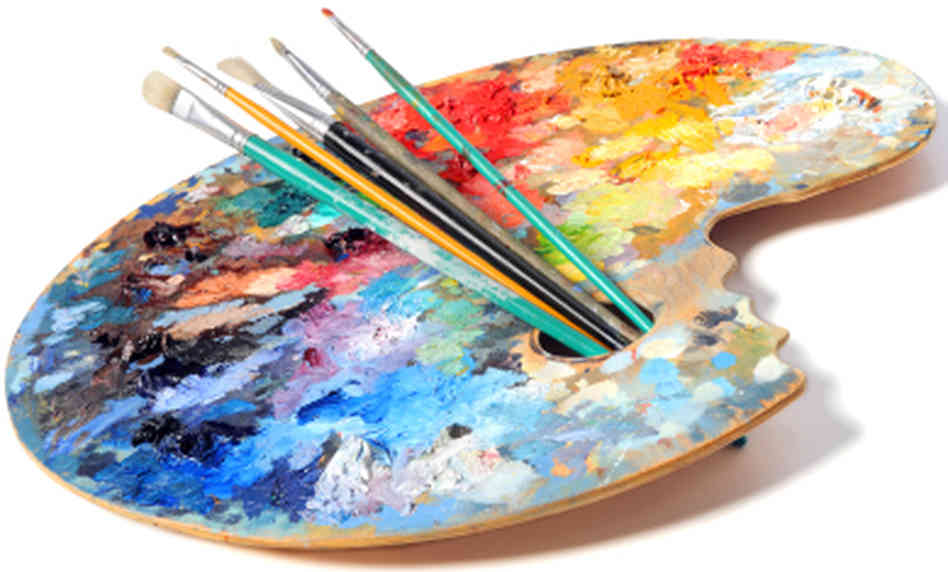Exactly How Trump Art Influences Public Understanding of Political Figures
Exactly How Trump Art Influences Public Understanding of Political Figures
Blog Article
Starting a Visual Trip Through the Lyrical Analyses of Nature in Stylist Landscapes
Each brushstroke, each play of light and darkness, and each shade selection in their works speaks volumes about the artists' deep link to nature and their ability to translate its beauty onto the canvas. As we explore the lyrical analyses of nature in Impressionist landscapes, we are invited to submerse ourselves in a globe where fact and feeling link, supplying a glance right into the musicians' profound appreciation for the natural globe.
The Exciting Brushstrokes of Claude Monet
Claude Monet's proficiency of brushstrokes transcends mere strategy, imbuing his landscapes with a spiritual top quality that fascinates and astounds viewers - trump art. His innovative use of color and light, integrated with his distinctive brushwork, creates a feeling of movement and life within his paints. Monet's distinguished series of jobs illustrating water lilies and his renowned haystacks display his capability to capture the short lived effects of light and ambience

Taking On Light and Darkness With Camille Pissarro
Embodying a comparable respect for the interplay of light and darkness, Camille Pissarro's artistic vision unfolds as an unified exploration of the all-natural globe's luminous subtleties. Pissarro, a crucial number in the Impressionist motion, masterfully recorded the dynamic partnership between light and shadow in his landscapes. His experienced use color and brushwork enabled him to convey the subtle changes in light that specify different times of day and seasons.
Pissarro's paints typically include spotted sunlight infiltrating leaves, casting complex patterns of light and darkness on the earth below. In works such as "Hoar Frost, the Result of Snow, Pontoise," Pissarro skillfully shows the crisp brightness of wintertime sunshine compared with the great darkness that define the snowy landscape. By welcoming both light and shadow in his structures, Pissarro welcomes viewers to immerse themselves in the natural elegance and short-term effects of light on the planet around them.

With Pissarro's jobs, we are advised of the transformative power of light and shadow, inviting us to pause and appreciate the fleeting moments of elegance present in the daily landscapes that surround us.
A Symphony of Color Styles by Edgar Degas
Edgar Degas orchestrates a vibrant symphony of colors in his masterful artworks, instilling his compositions with a dynamic interplay of shades that mesmerize the visitor's stare. Recognized largely for his ballet professional dancers and intimate scenes of Parisian life, Degas expertly controlled colors to communicate mood and movement in his paints. trump art. His use of bold, contrasting colors and refined tonal variations produced a sense of deepness and vibrancy within his jobs
Degas' color combination frequently included rich blues, deep eco-friendlies, and warm oranges, which he used with positive brushstrokes to catch the essence of his subjects. Whether portraying have a peek at these guys a ballerina mid-performance or a group of close friends chatting at a cafe, Degas' colors not just illustrated the scene however also stimulated a sense of emotion and power.
Additionally, Degas' experimentation with light and darkness included an additional layer of intricacy to his color make-ups, boosting the overall ambience of his paints (trump art). Through his competent adjustment of color, Degas created an aesthetic symphony that remains to resonate with visitors today
Checking out Nature's Serenity With Berthe Morisot
Berthe Morisot's imaginative vision uses a tranquil departure from the lively color harmonies of Edgar Degas, as she captures the tranquility of nature in her expressive landscapes. Understood for her fragile brushwork and intimate representations of daily life, Morisot's landscapes radiate a feeling of tranquility and harmony.
Morisot's paints typically include soft, muted tones that communicate a feeling of calmness and tranquility. Her works, such as "The Cradle" and "Summer season's Day," showcase her capability to capture the subtle elegance of nature in a way that is both reflective and soothing to the viewer.
Unlike a few of her Stylist counterparts who concentrated on dynamic structures and strong shades, Morisot chose to develop mild, introspective scenes that welcome the viewer to stop briefly and show. With her masterful use of light and darkness, Morisot creates a feeling of tranquility that resonates with the audience on a deep psychological web degree.
The Psychological Landscapes of Vincent Van Gogh
Vincent Van Gogh's landscapes vividly communicate a depth of emotion via their dynamic brushwork and expressive use shade. The Dutch post-impressionist musician is renowned for his ability to catch intense and raw feelings in his paints, transcending typical representations of nature. Van Gogh's troubled individual life, marked by mental wellness struggles, substantially influenced his art, infusing his landscapes with a sense of worry, moody, or enthusiasm.
In jobs such as "Starry Evening" and "Wheatfield with Crows," Van Gogh's swirling brushstrokes and vivid shade choices evoke an extensive psychological reaction from audiences. The unstable skies and flustered landscapes in his paints mirror his internal chaos and psychological disturbance, welcoming visitors to dive right into the complexities of his mind.
Van Gogh's special aesthetic language, identified by exaggerated point of views and bold use of color, creates landscapes that resonate with viewers on a deeply psychological degree. Via his art, Van see Gogh welcomes us to see nature not simply as an outside truth yet as a mirror of our innermost feelings and feelings.
Verdict
To conclude, the impressionist landscapes of musicians such as Claude Monet, Camille Pissarro, Edgar Degas, Berthe Morisot, and Vincent Van Gogh supply a unique and exciting aesthetic interpretation of nature. With their use brushstrokes, light, emotion, and color, these musicians have actually created a harmony of pictures that evoke a feeling of serenity and charm in the environment. Their jobs continue to influence and captivate audiences with their lyrical interpretations of the landscapes around us.
Each brushstroke, each play of light and darkness, and each color option in their jobs talks quantities regarding the artists' deep connection to nature and their capability to convert its charm onto the canvas. His cutting-edge usage of color and light, integrated with his distinct brushwork, creates a sense of motion and life within his paints. His adept usage of shade and brushwork allowed him to convey the subtle changes in light that specify different times of day and periods.

Report this page